|
In the Polish language, chłodnik is a term used to denote a cold soup. It’s derived from the word chłód meaning “chill” or “cooling” and is generally used to describe any cold soup made from a variety of fruits and vegetables. For instance, there is chłodnik szczawowy (cold sorrel soup) and chłodnik jabłkowy (chilled apple soup). The most popular and well known “chłodnik” is made from beets and called chłodnik litewski (Lithuanian cold soup). As the name implies, cold beet soup came to Poland from Lithuania. Ethnographer Oskar Kolberg in his volume on Lithuania writes: “…. in addition to the foods generally used by all European peoples, there are also dishes specific to this country, popular not only among peasants, but also among nobles. These dishes are the following: 1. cold soup, usually made of finely chopped beets (...) and pieces of ice thrown into the soup. When Władysław Jagiełło married Polish monarch Jadwiga Andegaweńska in the 14th century and untied Poland with Lithuania, the culture, customs and cuisine of both nations became intertwined. It remains a perennial favorite in Poland and among Polish immigrants that crossed oceans to live all over the world. The dish has its origins in the peasant population of Lithuania, made of simple ingredients that could be sown and grown by the majority of the peasant population in their gardens: beets, cucumbers, radishes, dill, chives. In the past, the base of the cold soup was a natural acid, i.e. sour rye or beetroot kvass, a sour liquid made by fermenting rye flour or beets in water. The base could also be obtained by fermenting cucumbers into pickle brine.  The fermentation gave the soup a sour taste and at the same time made it thirst quenching – a boon when laboring in the hot sun during haying and reaping grain. Over time, the sour liquid base came from the dairy. Fresh milk was curdled or soured in clay pots. The classic tang of chłodnik could also come from sour cream, buttermilk or whey… quite a versatile dish, really. In today’s times kefir and yogurt have also taken their place in making this dish. The vegetables and sour base were mixed together and kept cool in a root cellar or immersed in a running steam to keep cold. In July and August when work was from sunup to sundown and everyone was in the fields, a housewife had short time to prepare something to take for the midday meal or to pull something together for a late supper. The chłodnik could be quickly prepared. If something more substantial was needed at the end of the work day, the cold soup was poured over hot boiled potatoes or topped with hard boiled eggs, both items also at hand. Centuries have passed and as happens in the history of food and cooking, recipes were not only exchanged but also adapted to suit a locality, personal needs and tastes, undergoing changes and revisions. Another variation is chłodnik Litewski z boćwina, Lithuanian cold soup with beet greens. It is sometimes simply called botwinka, highlighting the beet greens. In this form raw the beets and the beet greens are chopped and diced, cooked either on water or a light chicken stock, cooled completely and the rest of the ingredients added. I’ve read old cookbooks and recipes that call for the inclusion of rice, cold cuts, diced veal roast, deer meat, and crayfish necks, just to name a few items. Clearly, these recipes were written at a time when meat and special ingredients was more readily available to everyone and not just seen on very high holidays... if at all. The basic recipe is a refreshing, vibrant pink vegetable soup. We most likely haven’t spent the day out in the field haying but it can be a real bonus after numerous hours in the garden on a hot day or even after laying about on the beach for an afternoon. Or just because you want to make something connected to Poland. Here is my recipe: Sources: Kolberg, Oskar. Dziela Wszystkie, Litwa. Tom 53 Reprint 1960.
Zawadzka, Wincenta. Kucharka Litewska. Wilno. Drukiem Joźefa Zawadzkiego. 1874 Photos by author.
0 Comments
The magnificent main altar of St. Mary’s Church (Mariacki) in Kraków’s Main Square in Old Town is decorated with a magnificent altarpiece by sculptor Wit Stwosz (Veit Stoss). Considered to be among the greatest of late Gothic European masterpieces it is, undeniably, the most beautiful religious artifact in Kraków, if not Poland.  The altarpiece, like the church itself, is dedicated to the Blessed Virgin Mary. It has movable wings that open, revealing the center panel of the Dormition (the heavenly “falling asleep”) of Mary and six scenes from her life ranging from the Annunciation to Pentecost on the wings. Witnessing the opening of this superb altarpiece, complete with fanfare, is one of the must-see experiences when visiting Kraków. ←The altarpiece when open. Wikipedia photo. Having said that, no less exquisite is the altarpiece when it is closed, depicting 12 scenes from the lives of both Mary and Jesus. Apart from the religious message, the artists and sculptors of the time beautifully depicted the clothes of the 15th century period, which must be of great interest to costume designers, but they also the depicted local flora of the period which is of equal interest to those of us interested in plants. The scene containing the greatest number of plants is located at the bottom right of the closed altar and titled Christ the Gardener, in Polish, Chrystus jako Ogrodnik. The altarpiece when closed Bottom right: Location of Christ as Gardener Close up of the panel depicting Jesus and Mary Magdalene The scene comes to us from the Gospel of John (20:11-18) the only one of the four evangelists who places the death and resurrection of Christ in a garden. We read that Mary Magdalene was the first to visit the tomb, saw that it was empty, ran for the apostles, was confused and weeping outside the tomb, turned and saw Jesus but thought he was a gardener. (Apologies to St. John for this abbreviated/Cliff Notes version). Painted into a walled garden is a kneeling Mary Magdelene and Jesus holding a shovel set against a green floral background. In the years 1932 and 1934, during one of the many restorations of the altarpiece over the centuries, Polish ethnobotanist Władysław Szafer from Jagellonian University was able to get a close look at the panel. Under the layers of removed dirt was a wonderful array of clearly visible plant motifs. He noted that all the plants were common, easily identifiable ones found in meadows and wasteland throughout Europe as well as in and around Kraków. Because they were painted in their natural size (and sometimes enlarged) he also concluded that the artists must have used/studied live plants as models for their work. What a find! Looking at the panel we’ll start in the upper middle towards the back wall:  In the center with flowers: Listera ovata – common twayblade- storczyk, in Polish To the right of twayblade: Cirsium heterophyllum - melancholy thistle-ostrożen dwubarwny To the left of twayblade: Cirsium lanceolatum synonymous with Cirsium vulgare bull thistle - ostrożeń wąskolistny Leaves near Christ's hand and top of shovel: Primula - primrose - pierwiosnek Sticking up from the bottom of the frame: leaves of Potentilla argentea - silver cinquefoil - srebnika Bottom right: Trifolium repens clover -koniczyna  At the bottom near the spade: Lilium martagon- turk's cap lily before flowering - złotogłów  To the left of the panel: Below Christ's heel is a stylized version of Asarum europaeum- wild ginger-kopytnik To the left of the ginger, a stylized version of Plantago major -plantain - babka, To the left of that in the corner another example of thistle and above that on the edge of the panel, with yellow flowers is Chelidonium majus -Greater celadine - jaskółcze ziele Above that against the wood wall is a species of fern either Asplenium virde green spleenwort or the very similar Asplenium trichomanes maidenhair spleenwort -zanokcica zielona On the right side of the panel with Mary Magdalene we see many of the same plants repeated but some new ones as well.  There are the leaves of Taraxacum officinale -dandelion- mniszek  Behind her, shown in its flowering state is Convallaria majalis or lily-of-the valley, called konwalia in Polish. It's most likely there was an associated symbolism as Mary was often described as “the violet of humility, the lily of chastity" and connected to many other flowers besides lily-of -the-valley. The theme of Christ as a gardener is not limited to the artists of Poland. There are so many beautiful images by artists of different countries who have channeled their gifts and interpreted the gospel in their own particular way. They all warrant viewing, admiration and close study. But I’m of the mind with historian, writer, and ethnographer Zygmunt Gloger who wrote: “It is good to know foreign things-it is a duty to known your own.” Source: “Polichromja roślinna w ołtarzu Wita Stwosza.” [Plant polychromy in the altar of Wit Stwosz] Władysław Szafer. Acta Societatis Botanicorum Poloniae.[ Polish Botanical Society] 1934 For more about the plants of Poland: Polish Herbs, Flowers and Folk Medicine. Hippocrene Books. 2020 Feverfew (Tanacetum parthenium L.), also known as the Chrysanthemum parthenium, is a perennial plant belonging to the aster family of plants. It is related to, but not as well known, as Tanacetum vulgare, better known as tansy. Feverfew. Tanacetum parthenium. Often mistaken with chamomile also from same family of plants. The name speaks for itself. Since the time of the Middle Ages, it was an herb used in treating fevers. Feverfew is known as Złocień maruna in Poland. According to Remigiusz Ładowski in his Historia Naturalna Krolestwo Polskiego (Natural History of the Kingdom of Poland published in 1793), the flower and greenery of feverfew has “cleansing properties, awakened monthlies, cleansed after childbirth, dispelled the placenta and dead fetus.” Polish websites currently seem to promote it for the treatment of migraines. The plant self-seeds intensively. I don’t remember planting it and yet it’s growing profusely all over the various gardens around the house. I suspect it was most likely carried and sown by the wind. Feverfew in different parts of the garden. In previous years I would pull out any young emerging plants (they were everywhere!) but this year I got to the garden late and decided I liked its reproductive exuberance by growing wherever it found fertile soil, so I let them go. They grew well in the sun but also in shadier spots, their white petals brightening what would otherwise be a dark spot in the garden. I felt rewarded for my restraint! I’m always looking to bring some of my garden indoors to enjoy in a floral arrangement. The long, erect stems and tiny daisy-like flowers makes feverfew a nice addition to a floral bouquet or as a bouquet on its own but it’s down side is it has a pungent, almost medicinal, odor.  So instead of bringing it into the house, I placed it on the back porch where the open space dispersed the scent and I could still enjoy the flowers and remind myself of its medicinal use over the centuries. Photos by author. References: Polish Herbs, Flowers and Folk Medicine. Hippocrene Books. 2020. Marsh marigold (Caltha palustris) is a lovely harbinger of spring. As its name suggests, marsh marigold grows in wet places such as marshes, ditches and woods in temperate regions of the Northern Hemisphere. It grows wild throughout Poland, blooming from April through May and is commonly known as kaczeniec or knieć błotna. Kaczeńce.(Marsh marigold). 1908. Józef Chelmonski Muzeum Narodowa W Warszawie (National Museum in Warsaw). 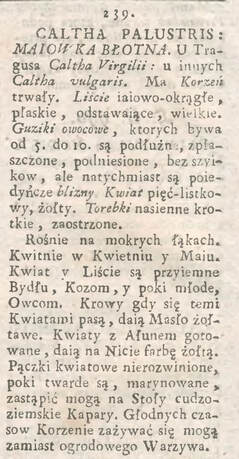 ← In his Dykcyjonarz roslinny (Dictionary of plants…) published in 1786, Polish naturalist Krzysztof Kluk calls it majowka błotna, describing its presence in muddy waters during the month of May. “...It grows in wet meadows. It flowers in April and May. The flowers and leaves are much liked by cattle and goats and, if young and tender, by sheep. If a cow eats it, her butter will be yellowish. The flower, boiled with alum, will give a yellow color to thread. The flower buds, while hard, if marinated can take the place of capers on the table...” In his Rośliny w wierzeniach i zwyczajach ludowych (Plants in folk beliefs and customs), professor Adam Fisher also mentions its use as a dye for pisanki (decorated Easter eggs) when used in conjunction with the bark of the apple tree. He adds that medicinally, in Zakopane in the Nowy Targ region, a deconcoction was made to cleanse puss-filled wounds that wouldn’t heal. The lovely yellow flowers and dark green, heart shaped leaves caught the eye of many Polish painters including Stanisław Wyspiański . Kaczeńce. Stanisław Wyspiański. 1895-6) Muzeum Narodowy w Kielcach (National Museum in Kielce) He collected floral motifs during his wanderings to the Wisła River, Bielany and the area of Panieńskie Skały around Kraków. He wrote of his preference for flowers and herbs in a letter to his friend Lucjana Rydel: "I pulled the most lush flower bushes from the meadows and rocks near Bielany and brought the whole bunch home (...) how I like to sit among these flowers. Hollyhocks, mullein, what wonderful plants, what soaring shapes, how lively they are, what talkative flowers." The artist kept a sketchbook and wanted to publish his own herbal titled "Studium roślin stylizowanych, a materiałów dla celów zdobnictwa dekoracyjnego (a "Study of stylized plants and materials for decorative purposes), but the work was never realized. His love of flowers can be found in his numerous portrait paintings or as part of his work on the interior decorations of the Franciscan church in Kraków. Vase with marsh marigolds. Alfons Karpinski. 1934 Marigolds in floodwaters on the Biebrza. Aleksander Żywiecki (1962- )
If you live in the northeastern United States, keep an eye out for marsh marigolds on your spring walks or hikes through boggy areas of woods or meadows. Lucky for us they are also fairly easy to grow and maintain in gardens if the soil remains consistently moist such as in problematic wet areas. While they bloom more profusely in full sun they can tolerate some shade. If you are an artist and so inclined, make sketch and begin your own herbal or take a photo to document how your garden grows. For more on the plants and flowers of Poland: Polish Herbs, Flowers and Folk Medicine. 2020. Hippocrene Books, Inc. One of the goals of Women’s History Month is to make visible the women who have been forgotten or largely ignored over the centuries. It’s about acknowledging the unrecognized trailblazers who changed the world. It’s about digging into archives to reclaim lost stories. It’s about bringing to light the impact of local, national and international events on the lives of everyday women. One such event was the occupation of Poland by Germany during World War II and the policy of forcing the civil population (often at gunpoint) to leave their home country and work for the Germans in order to keep their war economy operating at full speed. Polish women forced laborers digging peat in the area of Großmoor, Celle District, Lower Saxony Photo: AFPNP( Fundacja „Polsko-Niemieckie Pojednanie”) Visible on the woman in the back left of the photo is the required "P" patch on the left side of her apron which marked her as a Pole. Polish women had to leave their families, their children and husbands and sent to Germany to work in industry, agriculture and in various private sectors against their will and often throughout the entire war period. Many died there from tuberculosis, maltreatment and as "collateral damage" during the last days of the war. Graves of Polish forced laborers at the cemetery in Waltersdorf in the district of Saale-Holzland, in Thuringia, Germany that died in air raids in 1944. Photo: AFPNP(Fundacja "Polsko-Niemieckie Pojednanie.”). The young woman on the left is wearing the required "P" patch.
The end of the war brought liberation and freedom but many would never be the same again. May their story never be forgotten. Wearing the Letter "P" Polish Women as Forced Laborers in Nazi Germany 1939-1945. www.youtube.com/watch?v=G9pOnS399Vw The cross is the most recognizable symbol of Christianity. It is believed to have been used as a symbol of the faith as early as the 2nd century but it wasn’t until the 4th century that the suffering of Jesus Christ and His ultimate sacrifice became the predominant symbol of Christianity. Photo: Polish village between the world wars. Undetermined location. Narodowe Archiwum Cyfrowe. In Poland, the cross came to be called Boże Męki, or God’s Suffering. It was believed that only after erecting a cross did a village truly become Christian as embodied by the Polish proverb: A cross in the village, God in the village. The cross and the immediate area around it was seen as sacred and as such became a place of prayer. This was especially vital to small hamlets and villages that did not yet have a church of its own. The cross was a sign of God's presence and protection. Throughout the Catholic liturgical year, the inhabitants gathered to hold devotions to the Blessed Virgin Mary in May or to the Sacred Heart of Jesus in June. It was also the place of importance on Holy Saturday, the last day of Holy Week. 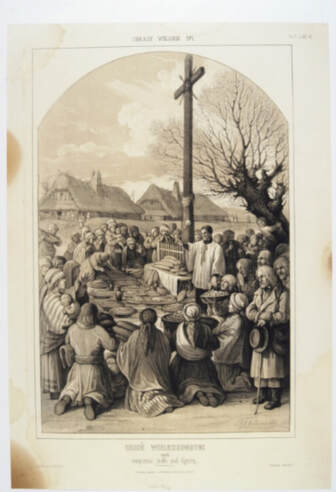 One of the most cherished of Polish Easter traditions, the blessing of foods on Holy Saturday, called święnconka, has been practiced in Poland since the Middle Ages. In the small hamlets and villages that did not have a church of its own, the people brought their food to the most sacred place in their community – the cross. There they waited for the priest to make his rounds through all of the rural communities and arrive to bless their food. They sometimes erected a table in front of the cross to place their baskets or bowls or simply sat or kneeled around the cross. After the blessing, they carried their food home in anticipation of its enjoyment the very next morning. 19th c. illustration by Jan Feliks Piwarski. Public domain. As can be seen by the photographs, the tall crosses were most often made of wood which gradually rotted at the base or deteriorated from the elements and had to be replaced. The cross was sacred, no matter that it was old and in disrepair. It was the tradition in Poland that if an old cross was removed, it would be burnt at a sacred time - on Holy Saturday night, the eve of keeping vigil for the Resurrection of the Lord. Blessing of fire in front of St. Mary's Church in Warsaw. Eugeniusz Małyszczycki. 1894. Wikimedia. In Roman Catholic practices, fire and water are blessed on this night. In the cities or towns that had one, this took place in front of the church. In rural communities that didn’t have a church it took place on cemetery grounds. The wood for the fire consisted of an old cross together with the dense and thorny branches of blackthorn (Prunus spinosa) because of legendary beliefs that its branches were used to make the crown of thorns worn by Jesus Christ at His crucifixion on Good Friday.  It was also believed that the ashes from this Holy Saturday pyre would protect the fields from hail and lightning and ensure a good harvest so it was collected and scattered on the land during the first plowing of the fields. Blackthorn (Prunus spinosa). Photo by Dawid Bagiński. RadioMaryja.pl
It was only after this late-in-the day blessing of fire and water that the attending priest could sing “Alleluja” for the first time since the beginning of Lent. Christ’s suffering is over and the faithful exalt in joy at His resurrection. Sources: Gawełek, Franciszek. Wielkanoc. Drukarnia Literackiej w Krakowie 1911 Spirit of Place: The Roadside Shrines of Poland. Hippocrene Books. 2023 On March 8, 1940, during World War II, German Field Marshall Herman Göring released a series of laws, that required all the Polish people working in Germany as forced laborers to wear a visible patch with the letter P. The laws, known as the infamous March Decrees, dictated how the Poles were to be treated while in Germany. Enlargement of photo(see below) obtained by U.S. Army Signal Corps photographer T/4 J.A. Ryan. Photo from National Archives in College Park, Maryland. Those laws, translated and used by U.S Chief of Counsel at Nuremberg Trials, gave evidence of the discrimination against Poles. Here are some excerpts: “….it is also necessary to provide all Polish workers who enter the Reich with an outward mark of identification. From the very first day of his employment, there must be a guarantee that a Polish worker can be recognized as such by anybody and at any time. …. Poles must be made to understand, by restricting their liberty, that they have come to Germany for the sole purpose of working …. Appropriate measures, such as absolute compulsion to stay at the place of employment, more severe compulsory registration, introduction of a curfew, restrictions on the consumption of alcohol etc., must be taken at once … free use of public conveyances, such as railroads, omnibuses etc., is an inducement to Poles to leave their places of work without permission and to roam about uncontrolled in the Reich and it urgently needs to be stopped.” Five years later, in March 1945 U.S. Army Signal Corps photographer T/4 J. A. Ryan captured this photograph: Photo from the National Archives in College Park, Maryland. U.S. Army Signal Corps photographer T/4 J. A. Ryan.
The caption reads: "Liberated Polish workers, former prisoners of the Germans, were liberated when troops of the Infantry Division, 3rd U.S. Army entered the town of Kelberg, Germany. Using debris from bombed out houses to fill in holes in a road which was used constantly by American troops as they advanced to the front. " No other details were given but many thanks to the National Archives in College Park, Maryland which holds documents, both written and photographic, to support the facts about the experiences of Polish forced laborers in Germany during World War II. For more reading on the subject: Wearing the Latter P: Polish Women as Forced Laborers in Nazi Germany 1939-1945. Hippocrene Books, Inc. 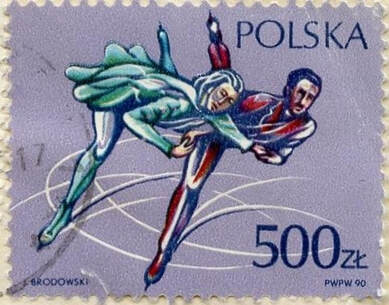 In January 1845, an article appeared in the newspaper Kurjer Warszawski about the newest fad of ice skating: “This winter ice skating is the newest fun activity. The London papers report that Albert, husband of Queen Victoria, enjoys skating practically every day and the young lords are following his example. Here in the pleasant Powązki in a place called Izabelin ( western portion of Warsaw) they have organized ice skating which is much enjoyed by Warsovians and much more so because in adjacent rooms you can get something to eat and drink. Seen skating at the Izabelin are not only men but women as well.” Thanks to carefully kept archives we can get a picture of how the people of Warsaw enjoyed one of the most popular wintertime entertainments in various parks throughout the city. Ice skating on the frozen Wisła as seen from the Praga district. Illustration from the periodical “Kłosy.” 1870 Outdoor ice skating on the waters of Łazienki Park. 1845-1889. Archiwum Państwowe w Warszawie Outdoor ice skating in Ujazdowski Park. Narodowe Archiwum Cyfrowe. 1845-1889 Ice skating continued to be a popular wintertime activity in Warsaw into the 20th century Ogród Saski 1927. Narodowe Archiwum Cyfrowe
Spreading out from the capital city, ice skating as a wintertime activity became popular throughout all of Poland. From a recreational activity it soon developed its own clubs, organizations, associations and eventually also into a competitive sport. January 27, 2024 is designated by the United Nations General Assembly as International Holocaust Remembrance Day to mark the liberation of the Auschwitz-Birkenau concentration camp and honor those that died there but also to recognize other groups who were victims of Nazism. Today, let us remember the thousands of Polish children who were racially profiled and stolen by the Nazi occupiers for the purpose of Germanization. Polish children being examined for purposes of Germanization. United States Holocaust Memorial Museum. Among the 12 major proceedings in the American military tribunals in Nuremberg after World War II was what was called the RuSHA Case. The defendants in the case were accused of criminal responsibility for the many branches of the Nazi racial program, including the kidnapping of "racially valuable" children for purposes of Germanizing them. In 1941, SS leader Heinrich Himmler noted:" I would consider it right if small children of Polish families who show especially good racial characteristics were apprehended and educated by us." Document NO-1404 TRIALS OF WAR CRIMINALS BEFORE THE NUERNBERG MILITARY TRIBUNALS UNDER CONTROL COUNCIL LAW NO. 10 Racial tests were carried out by "experts" who completed special tests noting the size and shape of head and main body parts, hair and eye color. Attached to the forms were photographs of the child in three poses. Medical and psychological tests were also carried out. Infants or small children found suitable were to be placed with German families or, if they were older, placed with the Hitlerjugend organization for boys and Bund Deutscher Mädel for girls, both Nazi party youth organizations. Relationships or contact with any remaining relatives was completely severed. Under threats and severe punishments, the children were forced to stop speaking Polish and learned German instead. They received German sounding names and were designated as German orphans from the Incorporated Eastern territories, also known as Warta or Warthegau region. This was a plausible tactic as there were many Germans living in this region who also spoke Polish. Photo of Barbara Gajzler .
One such case was that of Barbara (Basia) Gajzler, born in Gdynia on February 1, 1938, who became an orphan at the beginning of the occupation. Basia’s mother died of a heart attack in the first days of the war. Her father died during the September campaign. The rest of the family was displaced from Gdynia and Basia and her grandmother went to Łódź. In February 1942, the grandmother received a summons from the Jugendamt. She was supposed to come with her four-year-old granddaughter for tests. The commission became interested in Basia. The grandmother was told that Basia should be kept for further tests. The grandmother returned home alone. She never saw her granddaughter again during the course of the war. Basia Gajzler was taken to the orphanage in Łódź at Przędzalnia Street, and later sent to the Lebensborn center in Bad Polzin. Like many other children, Basia's name and surname were changed. She became Bärbel Geisler. At the center, caregivers addressed children only in German. If they tried to talk to each other in Polish, they were punished. In September 1942, Wilhelm Rossmann came to the center wanting to adopt a child and took the child to raise. After the war valiant efforts were made to locate Polish children scattered throughout Germany. In 1948, when Basia was 10 years old, she was repatriated to Poland. She found out that her real grandmother was waiting for her there and that her name was Barbara Gajzler, not Bärbel Rossmann. Bärbel had mastered German perfectly, and had completely forgotten any Polish words. (4) In 1948 Polish historian Roman Hrabar and his colleagues estimated the Nazi’s deported at least 200,000 boys and girls from Poland. Today’s historians bring the number to closer to 50,000, but the actual number is not known not only because the Germans changed the children’s identity at an age where the child could not remember who they were or where they came from, but they also falsified records or destroyed them at the end of the war. As a result, Poland lost thousands of its children, its future generation. The hope, strength and future of every country lies with its youth. The loss was catastrophic. The defendants in the case Greifelt, Creutz, Lorenz, Brueckner, Hofmann, and Schwalm were convicted of special responsibility for and participation in criminal conduct involving kidnaping of children of foreign nationality were given prison sentences. Hildebrandt was subsequently extradited to Poland to stand trial for separate charges where he was sentenced to death and executed The defendants Meyer, Hetling, Schwarzenberger, Huebner, Sollmann, Ebner, Tesch, and Viermetz were acquitted. On this International Holocaust Remembrance Day 2024, let us honor the Polish children who tragically lost their true identities forever. Cześć ich pamięci. Sources: Trials of War Criminals before the Nuerenberg Military Tribunals under Control council No. 10 (Oct. 1946–Apr. 1949). Document NO-1615. Prosecution Exhibit 407. Circular signed by Greifelt, 19 February, 1942, concerning the Germanization of Polish Children, Regulation No. 67/1 in: Trials of War Criminals before the Nuerenberg Military Tribunals under Control council No. 10 (Oct. 1946–Apr. 1949), Volume 4. Biuletyn Głównej Komisji badania Zbrodni Niemieckich w Polsce No. 5 1949 p.110 Malinowska, A. and Kaczorowska, K. Losy dzieci odebranych rodzinom przez niemieckie władze okupacyjnepodczas II wojny światowej. Internet:https://www.academia.edu/79495994/Zrabowane_Wykorzenione_Losy_dzieci_odebranych_rodzinom_przez_niemieckie_w%C5%82adze_okupacyjne_podczas_II_wojny_%C5%9Bwiatowej Documents regarding the RuSHA trial can be found in: Trials of War criminals before Nuerenberg Military Tribunals under Control council 10, supra, vol. IV, p.993-1027 |
Categories
All
One of the biggest moments in my life was being able to sign for my very own library card. When I'm not reading, researching and writing I'm riding my bike, sewing or gardening. I love flea markets, folk art, and traveling to Poland.
Archives
July 2024
|











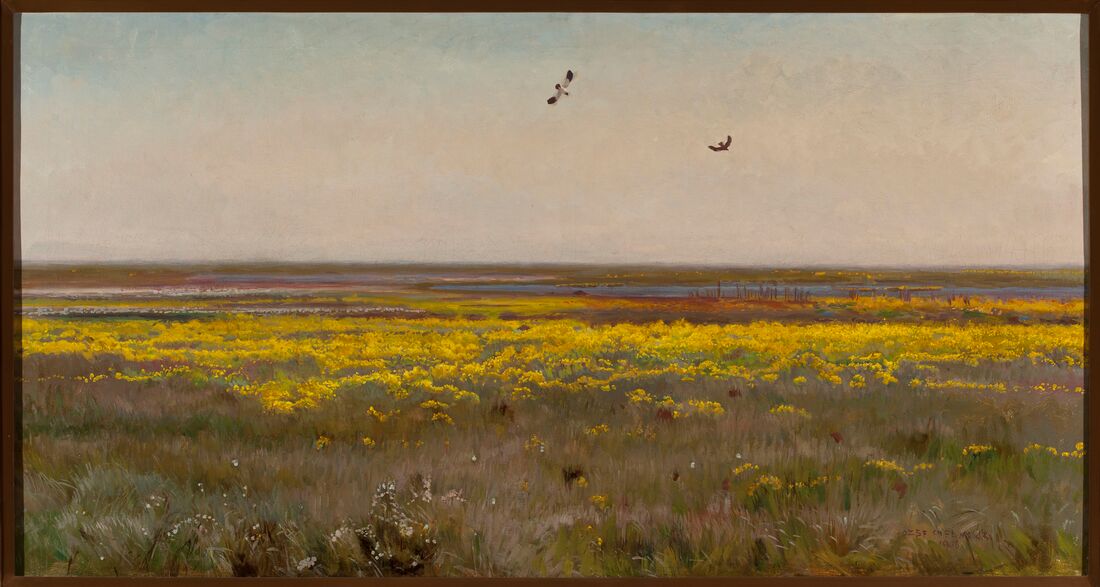
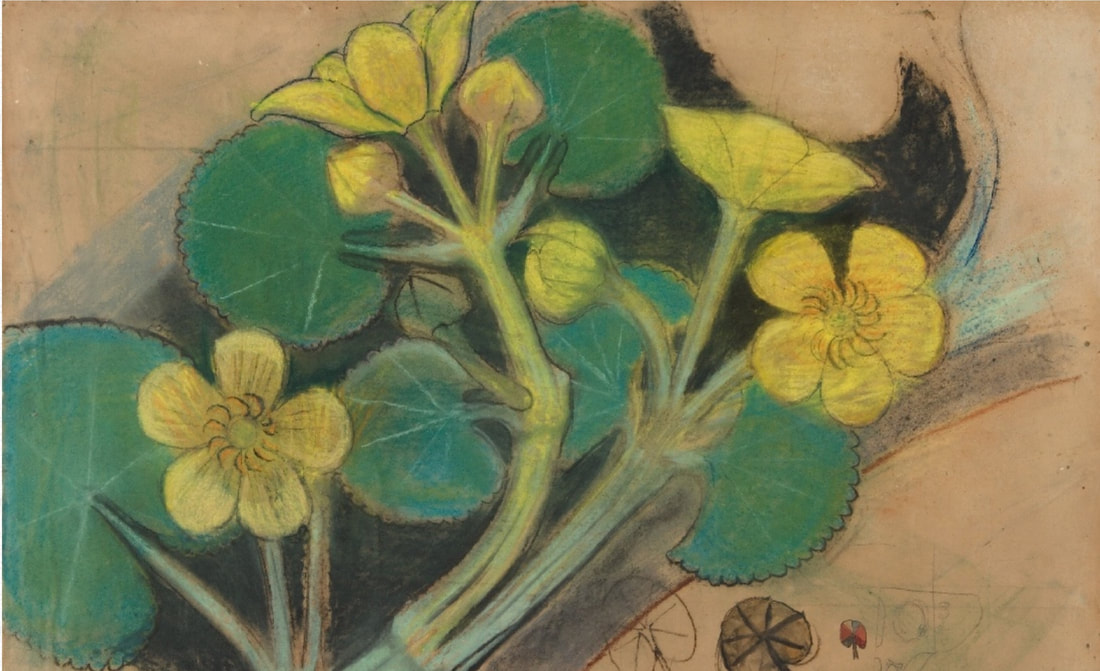
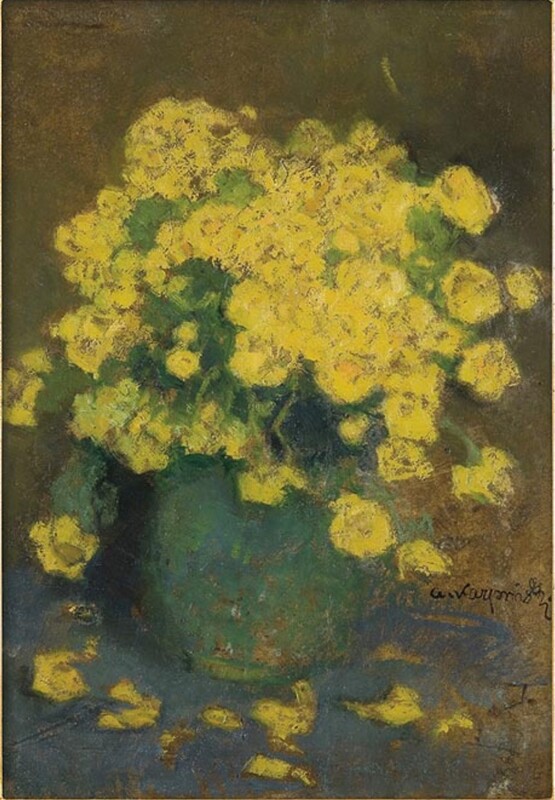
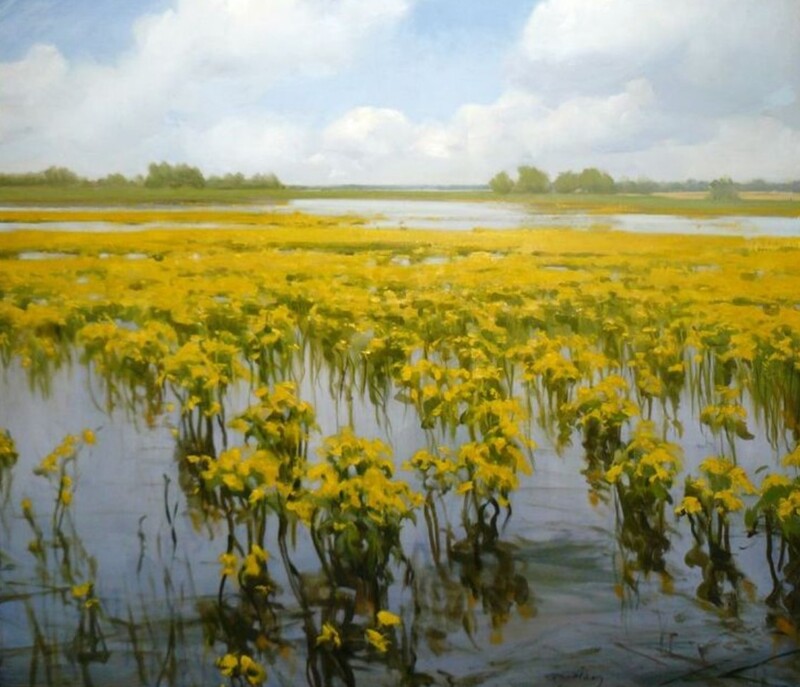
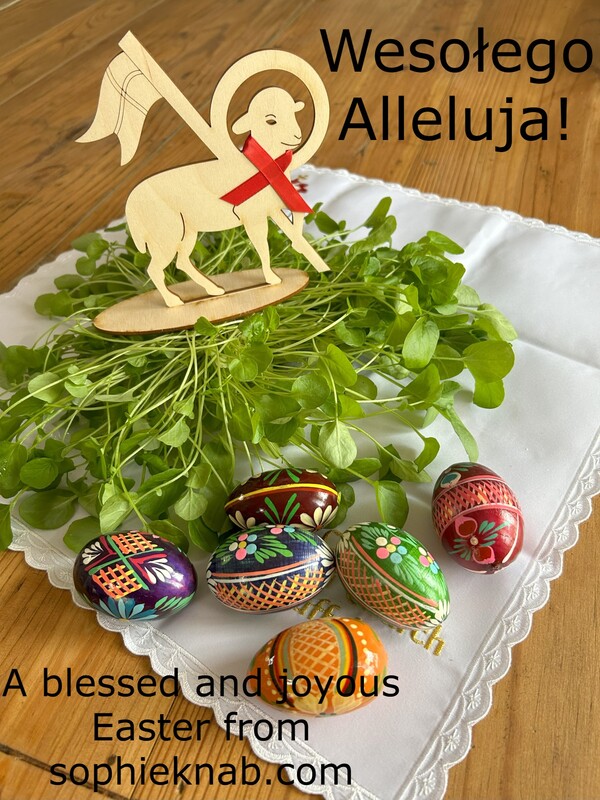
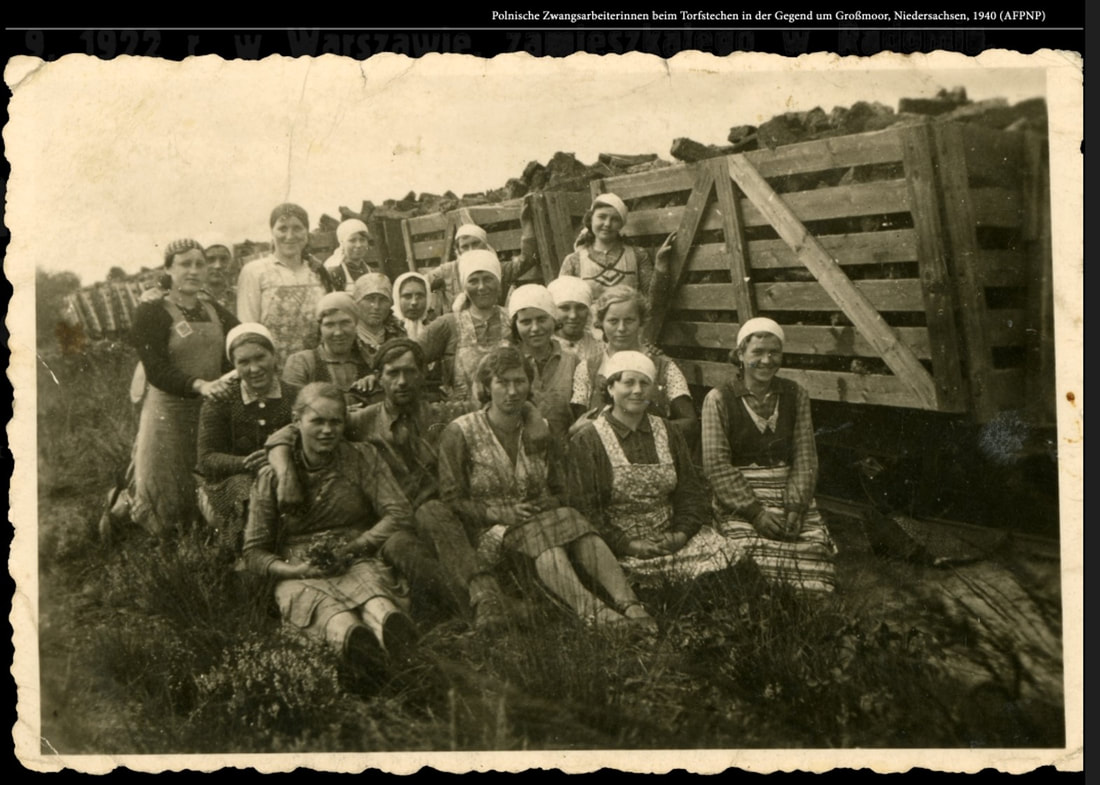
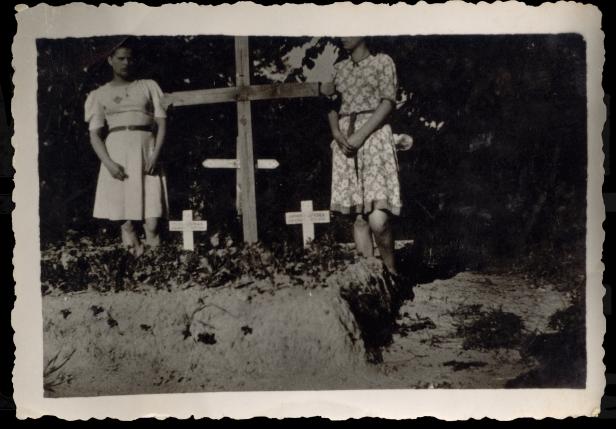
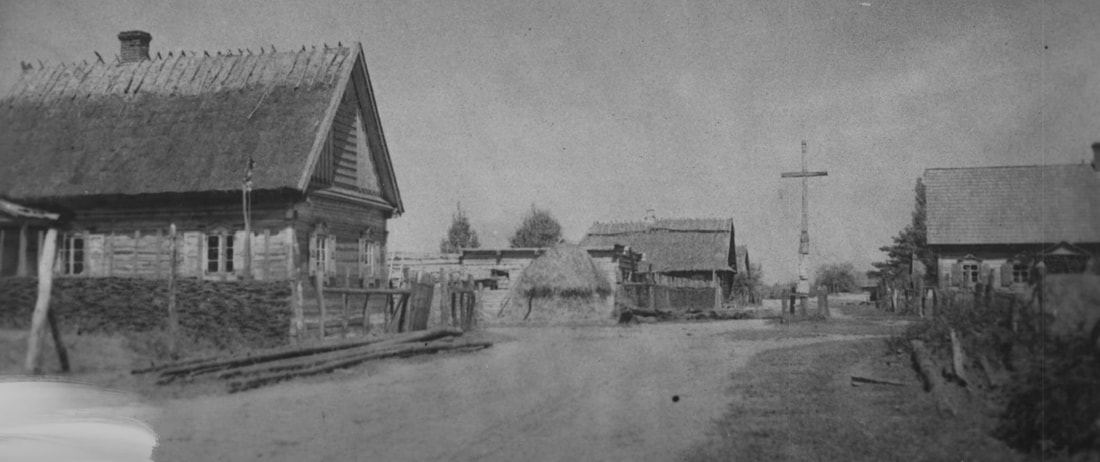
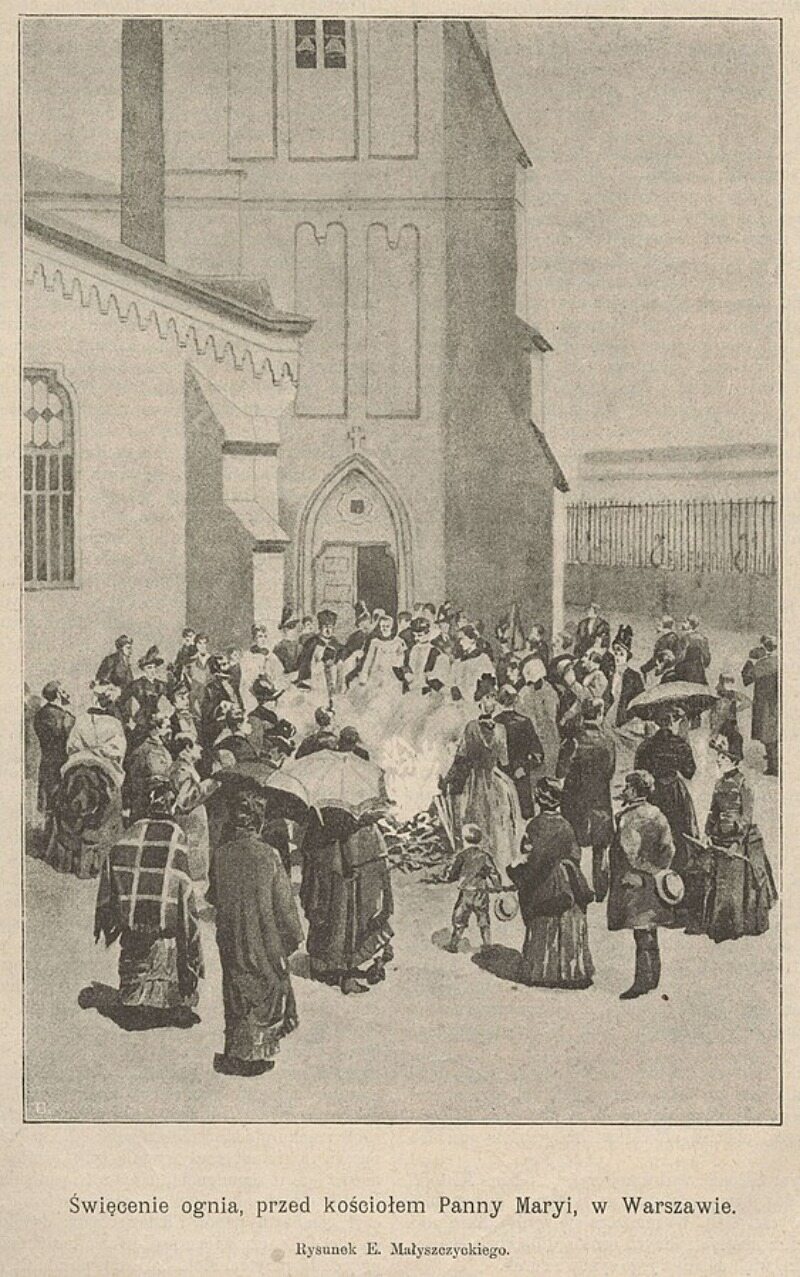
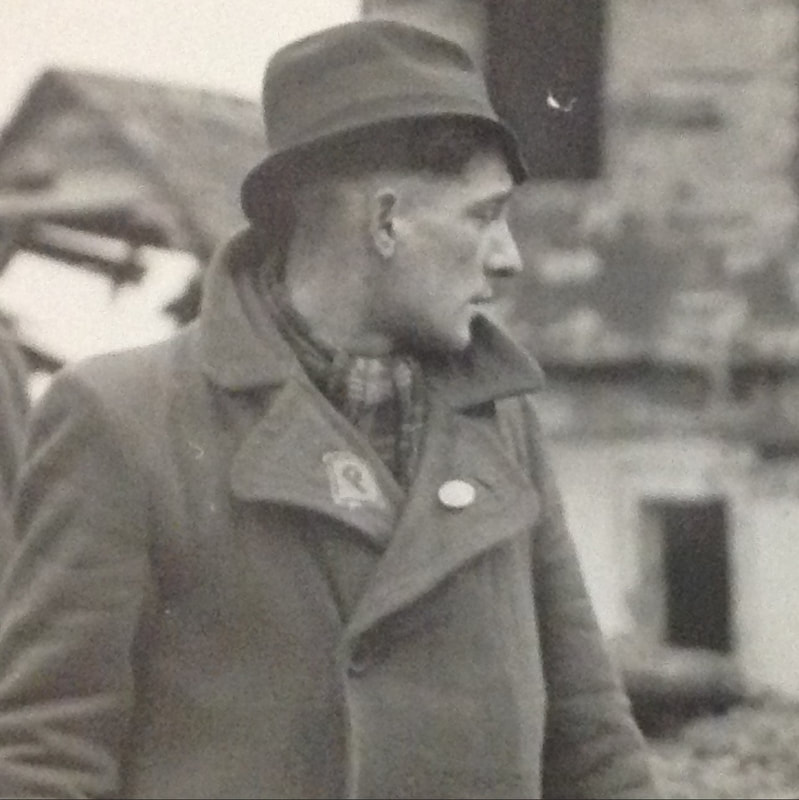
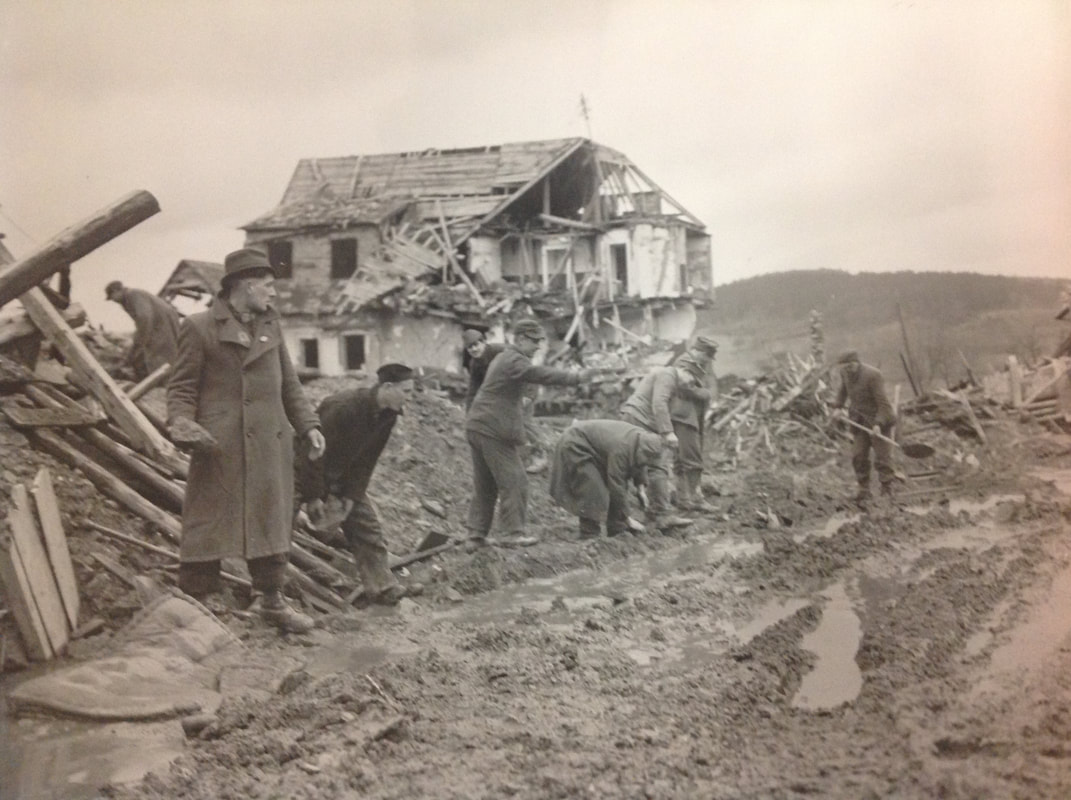
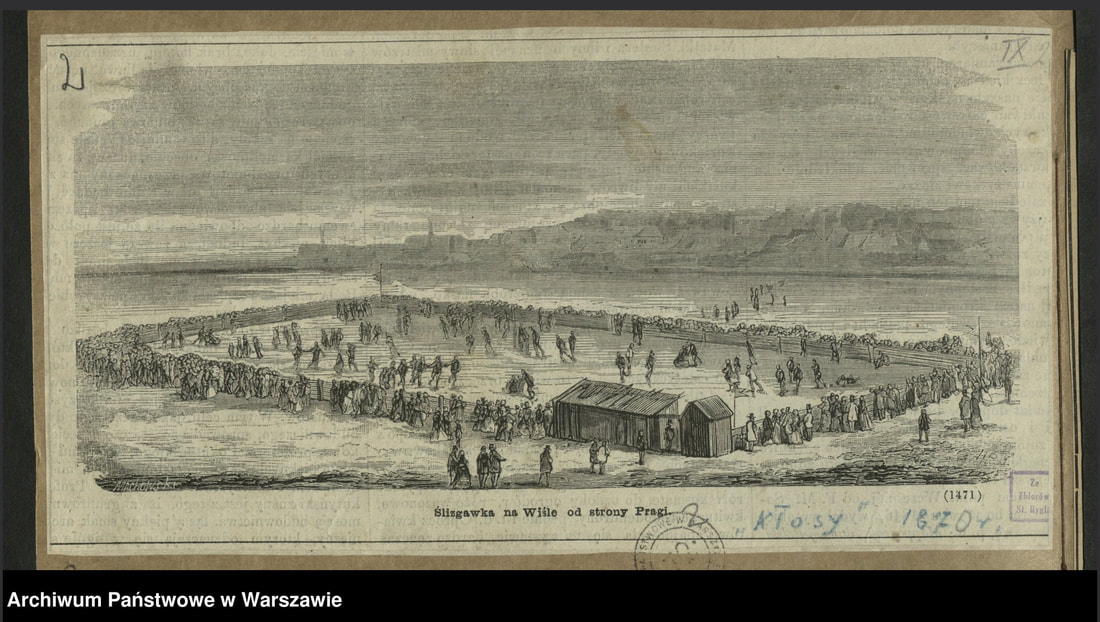
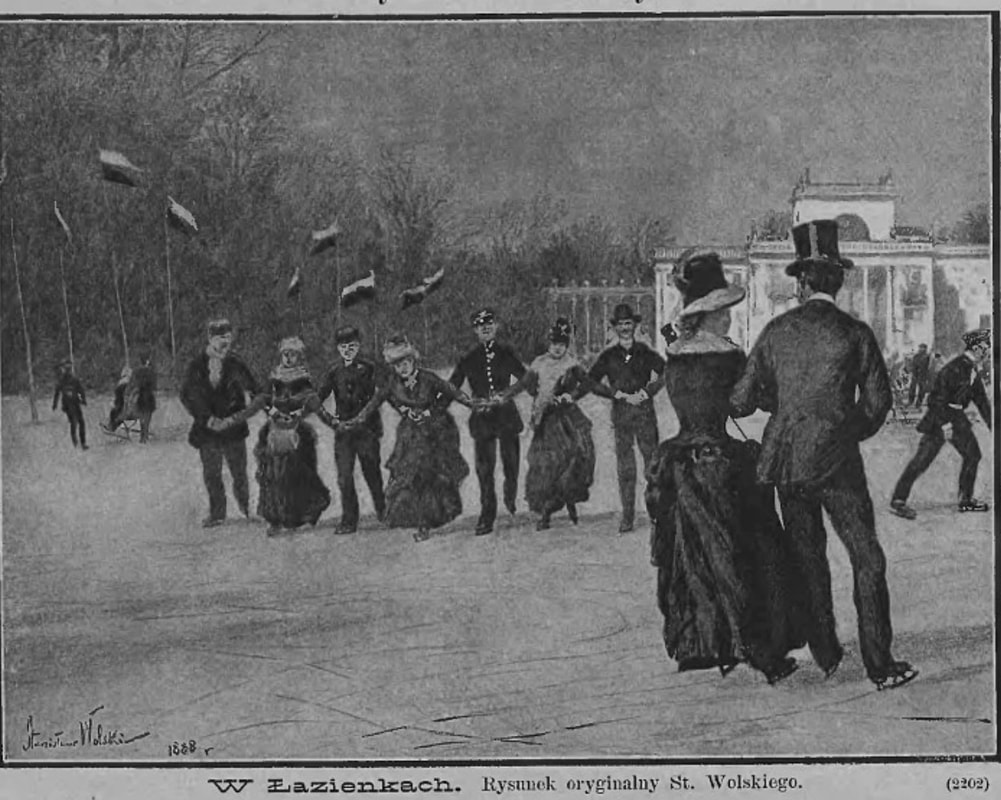
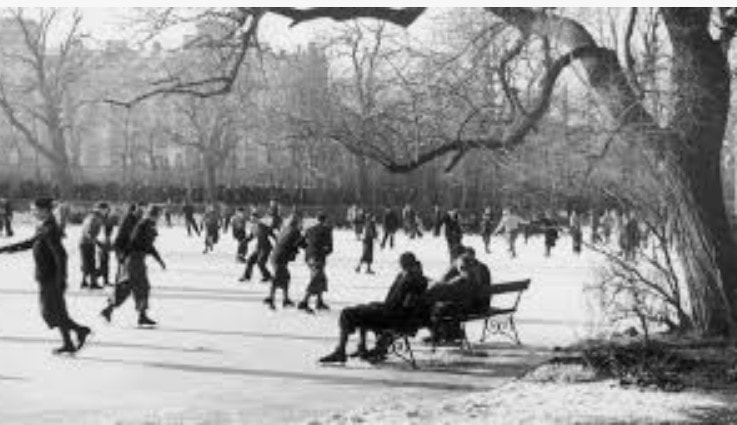
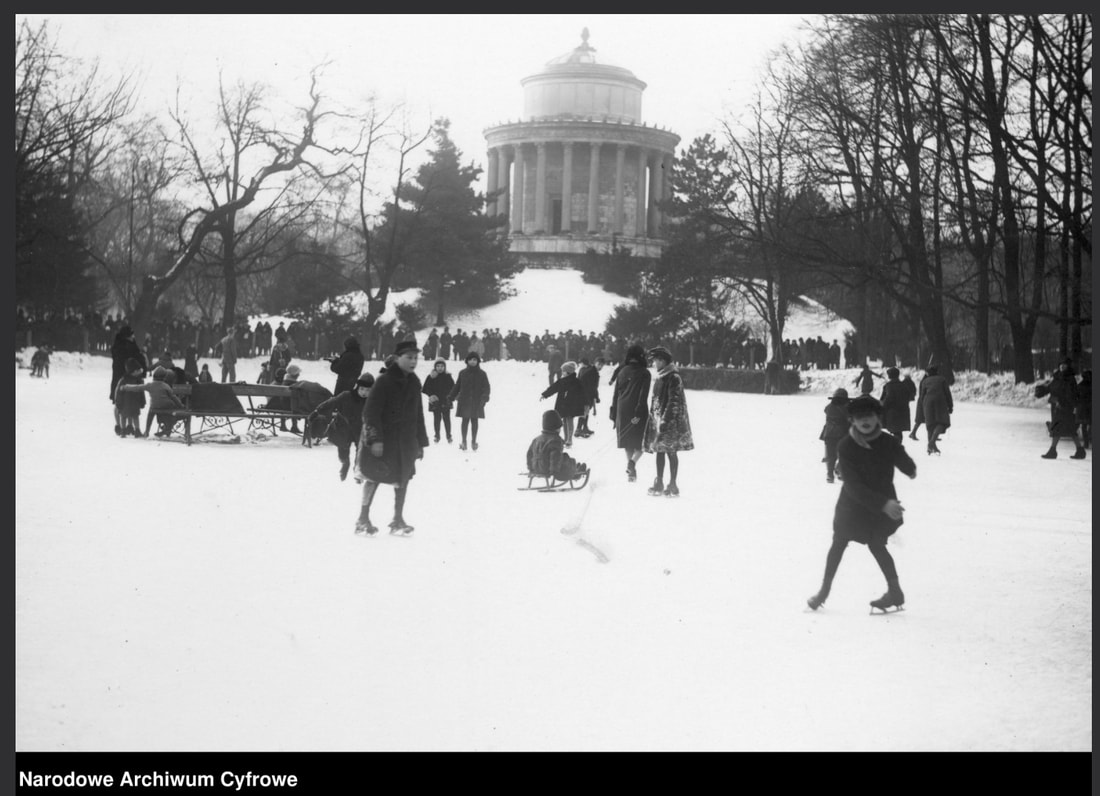
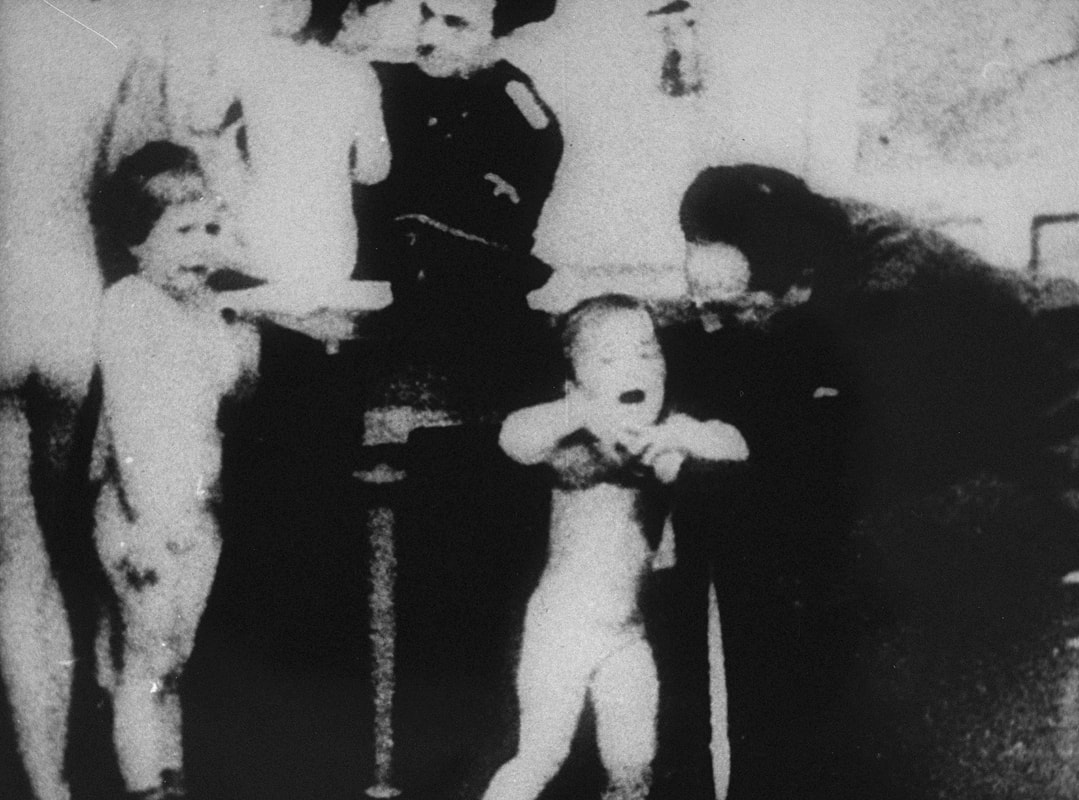

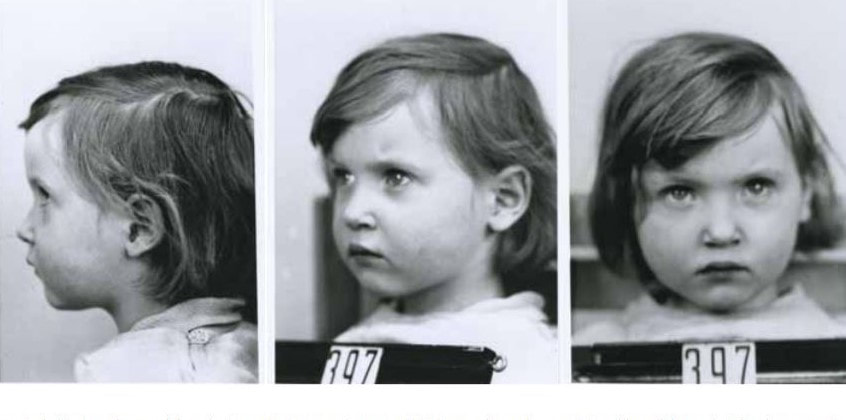
 RSS Feed
RSS Feed